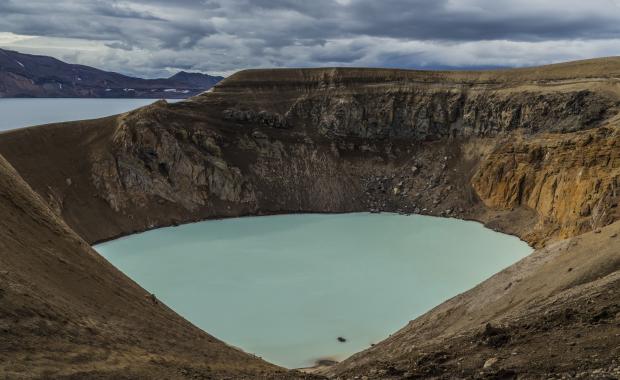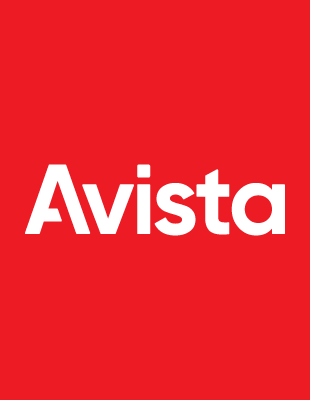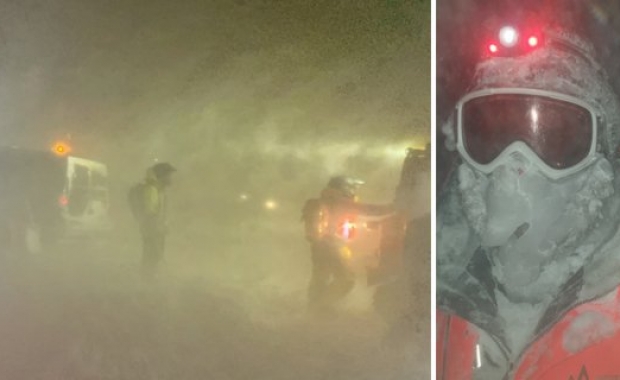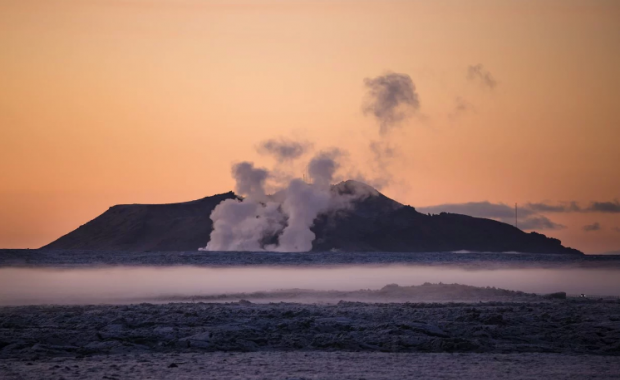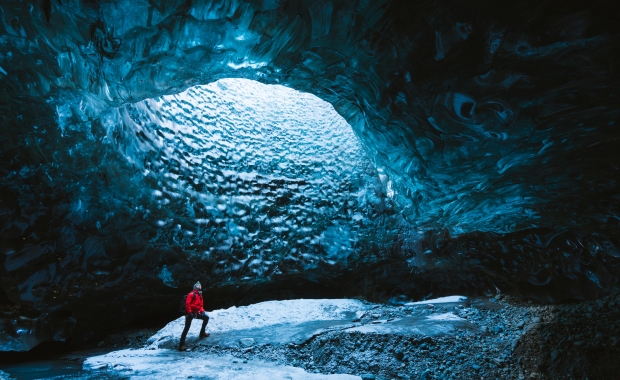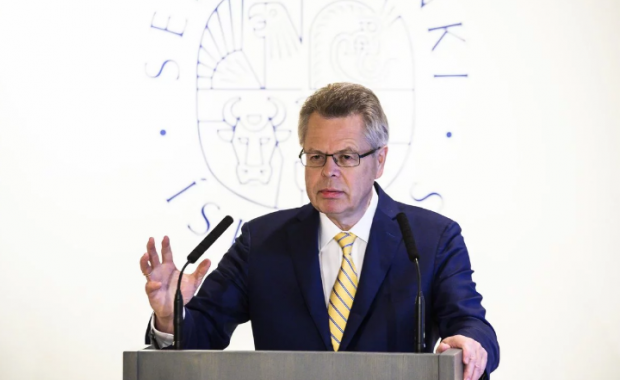Friðheimar Greenhouse and Horse Show
Friðheimar grows tomatoes all year round, despite Iceland’s dark winters, under artificial lighting in their greenhouse facilities. They welcome visitors to see the greenhouses as well as enjoy the food they grow. Help yourself to their food souvenirs including, tomatoes, cucumbers and other vegetables. If farming isn't your thing, Friðheimar also breeds horses, and puts on a horse show in fourteen different languages! Friðheimar started breeding horses in 1995, and have a successful history of producing top-class stallions. Seven horses have been shown at breeding evaluations, of which three received first prize – an overall score of 8.0 or higher.
Sagnagarður at Gunnarsholt
Sagnagardur visitor center provides a great tutorial detailing the soil and vegetation of Iceland. Visitors that have the chance to experience the exhibition will gain a better appreciation of Iceland's history. Some other topics discussed in the visitor center include the effects of volcanic eruptions, weather patterns, and conservation efforts taken to preserve the beauty of the landscape. Visitors can view the effects of this work in the exhibition itself and also in the countryside surrounding the center. Sagnagardur is a great place to take the family for an educational and interesting look into Iceland's storied history.
Ingólfshöfði – Nature reserve and Tours on tractor-drawn hay cart
Ingólfshöfði cape is an isolated island between the black sands of the south coast of Iceland and the North Atlantic Ocean.This historic cape is named after Iceland's first settler, Ingólfur Arnarson, who spent his first winter here with his family over 1200 years ago, around 874. Ingolfshöfdi cape is a headland isolated from the mainland by the black sands and the dangerous rivers. Its isolation makes it a perfect residence for thousands of nesting seabirds, especially puffins and the great skua. The tour offers trips to the cape in a tractor pulled hay trolley across the six km of waters, marshes and sands.
This is the South Iceland section of Best of Iceland This Week, the only Icelandic guide of its kind. New every week.
Friðheimar Greenhouse and Horse Show
Friðheimar grows tomatoes all year round, despite Iceland’s dark winters, under artificial lighting in their greenhouse facilities. They welcome visitors to see the greenhouses as well as enjoy the food they grow. Help yourself to their food souvenirs including, tomatoes, cucumbers and other vegetables. If farming isn't your thing, Friðheimar also breeds horses, and puts on a horse show in fourteen different languages! Friðheimar started breeding horses in 1995, and have a successful history of producing top-class stallions. Seven horses have been shown at breeding evaluations, of which three received first prize – an overall score of 8.0 or higher.
Sagnagarður at Gunnarsholt
Sagnagardur visitor center provides a great tutorial detailing the soil and vegetation of Iceland. Visitors that have the chance to experience the exhibition will gain a better appreciation of Iceland's history. Some other topics discussed in the visitor center include the effects of volcanic eruptions, weather patterns, and conservation efforts taken to preserve the beauty of the landscape. Visitors can view the effects of this work in the exhibition itself and also in the countryside surrounding the center. Sagnagardur is a great place to take the family for an educational and interesting look into Iceland's storied history.
Ingólfshöfði – Nature reserve and Tours on tractor-drawn hay cart
Ingólfshöfði cape is an isolated island between the black sands of the south coast of Iceland and the North Atlantic Ocean.This historic cape is named after Iceland's first settler, Ingólfur Arnarson, who spent his first winter here with his family over 1200 years ago, around 874. Ingolfshöfdi cape is a headland isolated from the mainland by the black sands and the dangerous rivers. Its isolation makes it a perfect residence for thousands of nesting seabirds, especially puffins and the great skua. The tour offers trips to the cape in a tractor pulled hay trolley across the six km of waters, marshes and sands.


